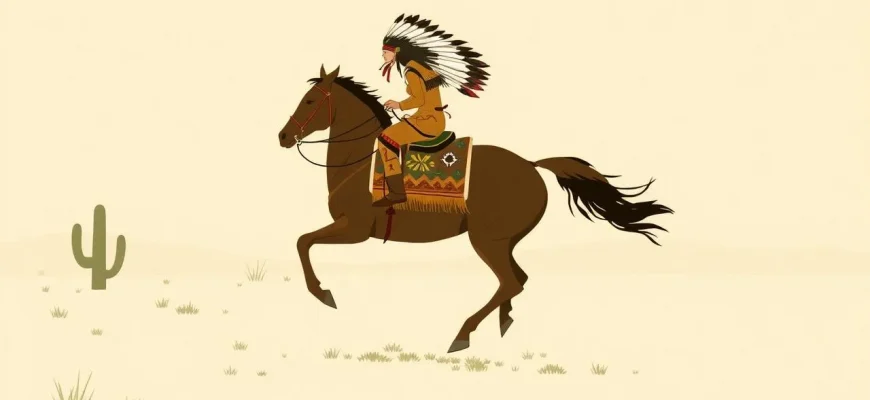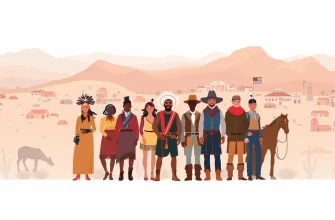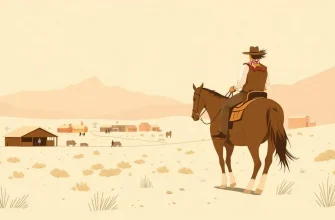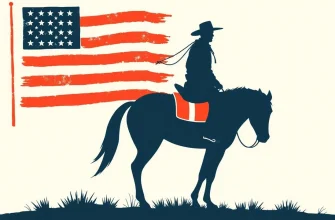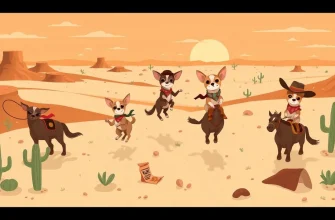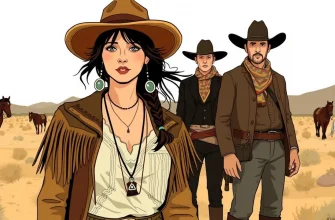Welcome to a cinematic journey through the American West, where the stories of Native American tribes come to life. This collection of films not only entertains but also educates, shedding light on the often overlooked narratives of indigenous peoples. From tales of resistance to stories of cultural preservation, these films offer a unique perspective on the Western genre, celebrating the resilience and spirit of Native Americans.
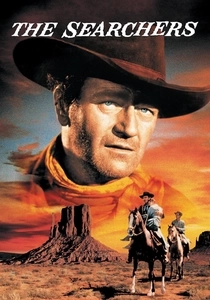
The Searchers (1956)
Description: Although primarily known for its portrayal of racism and revenge, this John Ford classic includes significant interactions with Native American characters, offering a nuanced view of the time.
Fact: The film was shot in Monument Valley, a location often used in Westerns, and features real Navajo actors.
 Watch Now
Watch Now 
Little Big Man (1970)
Description: This satirical Western follows the life of Jack Crabb, a white man raised by the Cheyenne, offering a comedic yet poignant look at the clash of cultures and the myth of the American West.
Fact: Dustin Hoffman underwent extensive training to portray his character authentically, including learning to ride horses and speak Cheyenne.
 Watch Now
Watch Now 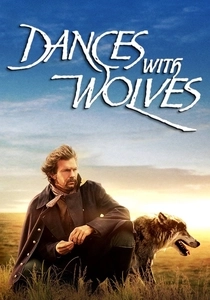
Dances with Wolves (1990)
Description: This epic film follows a Union Army officer who becomes part of a Sioux tribe, experiencing their culture and way of life. It's a heartfelt narrative about understanding and respect between cultures.
Fact: Kevin Costner, who also directed, won the Best Director Oscar for this film. It was also one of the first major Hollywood films to feature Native American actors in leading roles.
 Watch Now
Watch Now 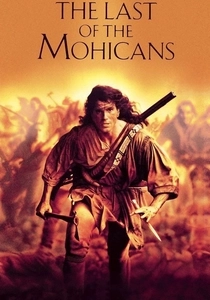
The Last of the Mohicans (1992)
Description: Set during the French and Indian War, this film tells the story of Hawkeye, a white man raised by the Mohicans, who helps a British officer's daughters navigate through the wilderness. It's a classic tale of survival, love, and cultural clash.
Fact: The film was shot on location in the Blue Ridge Mountains of North Carolina, providing an authentic backdrop to the story. Daniel Day-Lewis learned to speak Mohican for his role.
 Watch Now
Watch Now 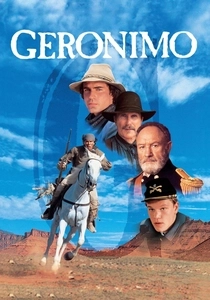
Geronimo: An American Legend (1993)
Description: This film chronicles the life of the Apache leader Geronimo, focusing on his resistance against the U.S. government's attempts to relocate his people. It's a powerful depiction of leadership and the fight for freedom.
Fact: The film was shot on location in Utah and New Mexico, with many scenes filmed on the actual historical sites of Geronimo's battles.
 Watch Now
Watch Now 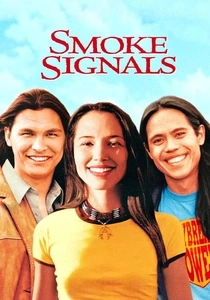
Smoke Signals (1998)
Description: This film is a groundbreaking work in Native American cinema, focusing on two young Coeur d'Alene men who embark on a journey to retrieve the ashes of one's father. It's a poignant exploration of identity, friendship, and the complexities of Native American life.
Fact: It was the first feature film to be written, directed, co-produced, and acted by Native Americans. It also won the Audience Award at the Sundance Film Festival.
 Watch Now
Watch Now 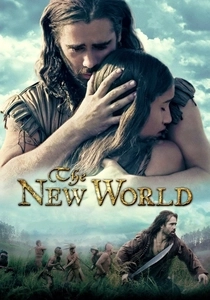
The New World (2005)
Description: Terrence Malick's film tells the story of Pocahontas and John Smith, focusing on the cultural exchange and the impact of European settlers on Native American tribes.
Fact: The film was shot in Virginia, where the historical events took place, and used a mix of English and Algonquian languages.
 Watch Now
Watch Now 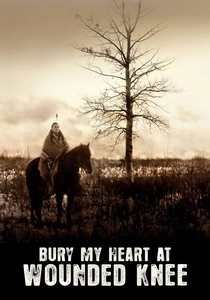
Bury My Heart at Wounded Knee (2007)
Description: Based on Dee Brown's book, this HBO film recounts the events leading up to the Wounded Knee Massacre, focusing on the lives of Charles Eastman, a Native American doctor, and Sitting Bull.
Fact: The film was nominated for several Emmys, including Outstanding Made for Television Movie.
 Watch Now
Watch Now 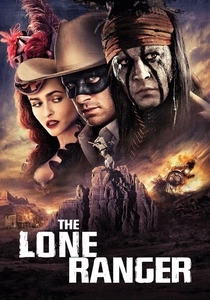
The Lone Ranger (2013)
Description: While not entirely focused on Native Americans, this film features Tonto, a Comanche warrior, as a central character, exploring themes of justice, friendship, and cultural identity.
Fact: Johnny Depp, who played Tonto, drew inspiration from a painting by his friend, Kirby Sattler, for his character's look.
 Watch Now
Watch Now 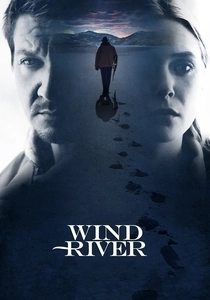
Wind River (2017)
Description: While not a traditional Western, this modern thriller set on a Native American reservation in Wyoming explores themes of justice, survival, and the harsh realities faced by indigenous communities.
Fact: The film was inspired by real-life issues on Native American reservations, particularly the high rates of violence against Native women.
 Watch Now
Watch Now 
